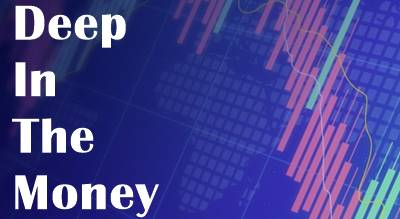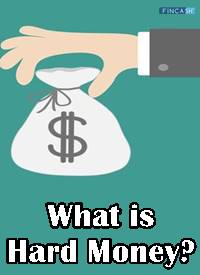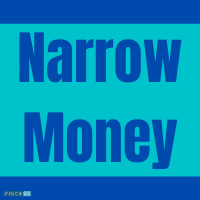
Near Money
In the financial context, near money meaning is defined as the non-cash, valuable assets that have high liquidity. These assets are so valuable that they can be converted into cash in a short amount of time. Commonly known as Cash Equivalents, most financial experts identify the nearness of the quasi-money to get an idea of its liquidity. Note that money and near money are two different concepts in Economics and financial Accounting.
Break Down of the Near Money
Over the past few decades, the concept of near money has been affecting financial analysis. It is considered one of the important concepts to find out the liquidity of the asset. The nearness of these assets is often used to classify the near money as M1, M2, and M3. Not only financial analysts, but most banks and other financial institutions use the near money concept to figure out the exact liquidity level.

The concept is applicable to different scenarios, including but not limited, to money supply management and financial analysis. In addition to that, near money is extensively used for Wealth Management. The nearness of these non-cash assets can differ based on the exact time frame required for the conversion of the near money into cash. Examples of near money or non-cash assets are treasury bills, Savings Account, foreign currencies, and more.
Use of Near Money in Personal Wealth Management
The concept of near money plays a significant role in personal wealth management. It is used to identify the investor’s risk appetite. As mentioned above, near money for the investors will refer to the non-cash assets that can be easily converted into cash within a short time frame (probably in a few days). Some traders look for the near money that comes with high liquidity. In other words, these investors have a low-risk tolerance. They invest in the commodities and shares that are associated with a minimum risk. The examples are 6-months CDs, saving accounts, and Treasury Bills.
Talk to our investment specialist
These investments can help the investor convert their non-cash assets into money in the shortest possible time. However, they don’t offer the best returns. The investor earns approx 2% on the low-risk investments. On the other hand, investors with a high-risk appetite choose the near money that has minimum liquidity. For instance, you could invest in the 2-year CD to earn the best returns. However, it will take you a really long time to convert this investment into cash.
Basically, the lower the liquidity of the product, the higher the returns it offers, and vice versa. Another option is a stock investment. These are high-risk and highly liquid investment instruments, but the stock Market is one of the most volatile investment industries out there. There is no guarantee if you will be able to cash out your investment in the case of an immediate requirement.
Not only for personal wealth management, but near money is also used in corporate liquidity. In fact, it appears in the Balance Sheet liquidity analysis.
All efforts have been made to ensure the information provided here is accurate. However, no guarantees are made regarding correctness of data. Please verify with scheme information document before making any investment.












